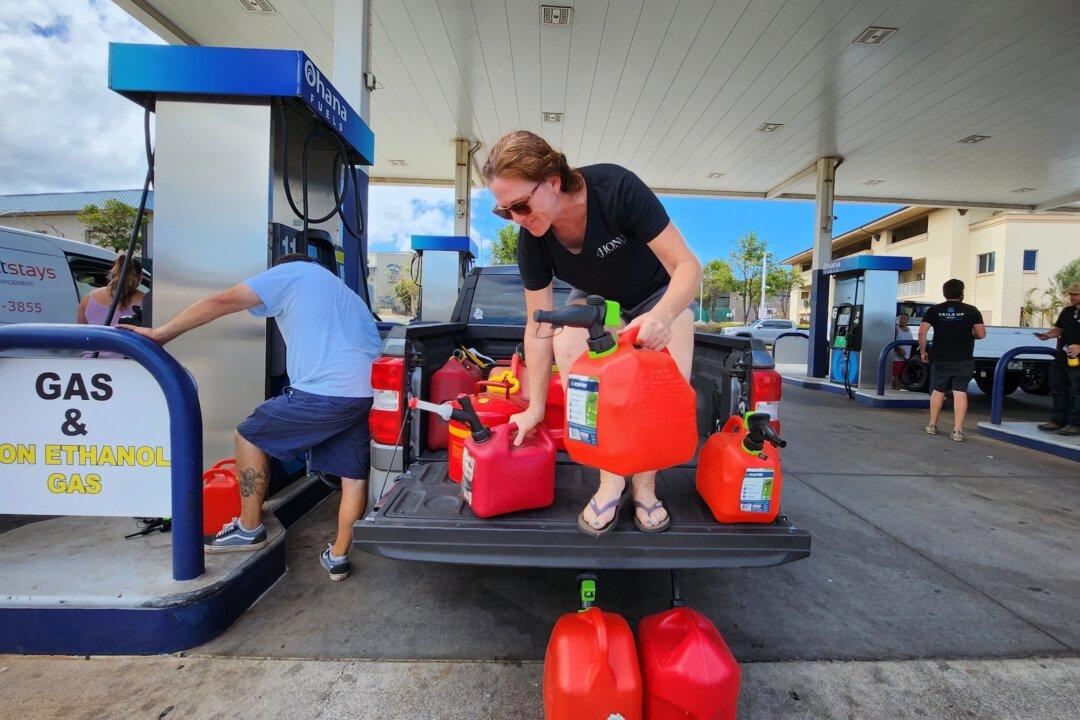Commentary
The August U.S. inflation numbers that were released on Sept. 13 should concern consumers as headline inflation continues to inch upward, printing at 3.7 percent, exceeding expectations, and defying the efforts of the Federal Reserve to contain it. Core inflation, which excludes the cost of food and fuel, dropped slightly but still printed at 4.3 percent.





